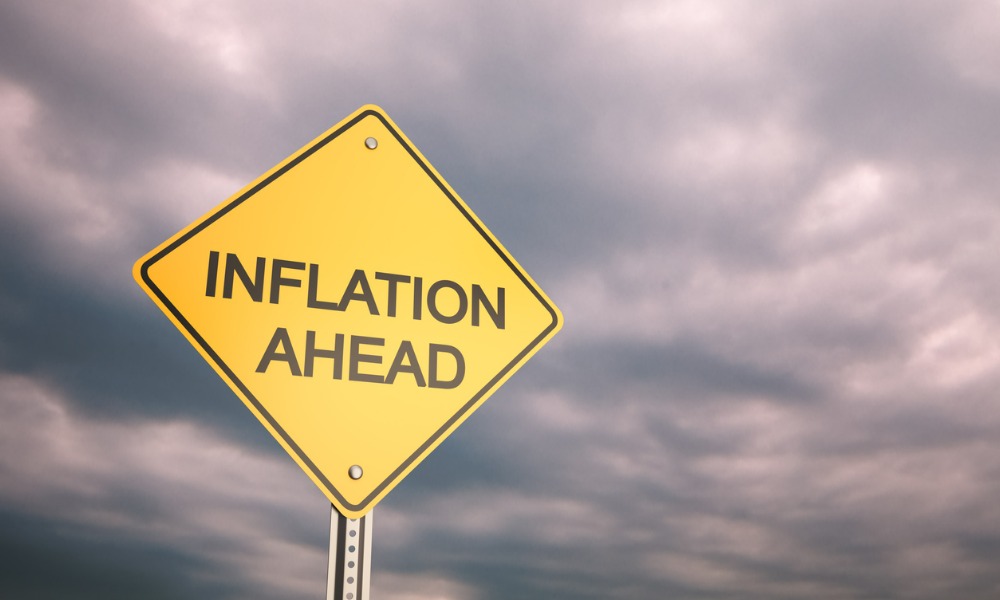However, production capacity constraints might limit economic output in the very near future

Many of the supply constraints fuelling Canada’s inflation spike cannot be addressed in the short run, according to Claire Fan of RBC Economics.
With Canadian GDP rising by 3.1% on a quarterly basis (annualized) in Q1, robust household consumption and business investment continue to offset declines in net trade, RBC reported.
“Consumption expenditure increased 3.4% from the prior quarter despite a soft start to the quarter in January when virus spread and containment measures weighed on services spending. Since then, spending on services has surged back – leisure and travel spending in our tracking of credit and debit card purchases outpaced growth in spending on goods from pre-pandemic levels for the first time in May,” Fan explained.
Coupled with this were outsized increases in business and residential investment, which posted annualized growth rates of 9% and 18.1%, respectively.
Read more: Analysts: Large BoC hikes will likely end sooner than later
However, production capacity constraints are bound to limit economic output in the very near future despite growth momentum from prior quarters, Fan warned.
“Rising costs, worsening supply chain conditions, and acute labour shortages were all once again reported as key obstacles for future growth by businesses,” Fan said. “Many are planning capital investments to increase productivity, but they have also planned for further price increases which will add to already broad [or] heightened inflation pressure.”
These constraints have led to central banks around the world acting swiftly to rein in demand. In Canada’s case, this will be compounded by housing market deceleration, which was already apparent in April.
Together, these elements will compel the BoC to conduct more follow-up hikes until the overnight rate reaches 2.5% in late 2022, Fan predicted.



